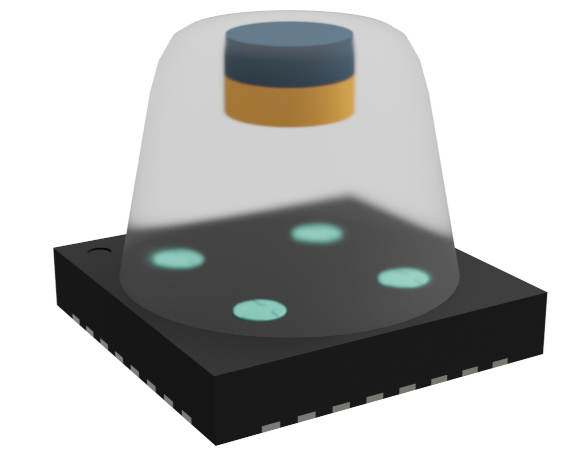
Street lights, bus shelters and traffic lights will be used for deploying 5G equipment, says the DCMS.
Eight winning projects will receive a share from the £4 million Digital Connectivity Infrastructure Accelerator (DCIA) to explore how digital software can help simplify local authority processes when telecoms operators request access to publicly-owned buildings and curbside infrastructure.
Street furniture such as road signs and CCTV are integral to the roll out of 5G, which requires a larger number of smaller ‘cell sites’ – where antennas and other telecoms equipment are placed to form a network.
However, telecoms firms can often find it difficult and time consuming to acquire the information needed to verify a structure is suitable for hosting network equipment – such as its location, physical dimensions, proximity to the street or access to a power source – which is slowing down the pace of deployment.
In response, the government will invest in piloting the latest innovations in digital asset management platforms.
This software will enable local councils to more easily share data mobile companies need to accelerate their roll out plans.
“Currently, mobile companies are finding it difficult to get the data they need to check that a lamppost, bus shelter or public building is suitable for hosting their kit.
These eight pilots will help solve this by modernising the way local authorities and operators work together in a way that ultimately delivers faster, more reliable mobile coverage for millions of people,” says digital minister Julia Lopez.
“The DCIA trial and its project winners will provide positive examples of how local authorities can use technology to speed up processes and develop effective relationships with mobile operators to improve coverage for all,” says Gareth Elliott of Mobile UK.
The project means communities in 44 local authority areas can expect to benefit from faster and more reliable mobile coverage sooner. It could mean there is less need for new masts which can often take longer to build and set up. If successful, the technology could be rolled out to local authorities across the UK.
The project winners are based across England and Scotland as part of the government’s mission to level up access to fast and reliable connectivity. Areas to benefit from the pilots include Angus, Dundee, Fife, Perth and Kinross in Scotland, as well as Tyneside, Sunderland, Dudley, Wolverhampton, Somerset, Dorset and several other areas across England.
It comes as the government moves ahead with plans to connect up to 187,000 rural premises via Project Gigabit – the government’s £5 billion programme to build top-of-the-range broadband infrastructure in hard-to-reach areas.
Broadband providers have been invited to submit bids for contracts worth up to £292 million to upgrade rural homes and businesses across Cumbria, Durham, Northumberland, Cambridgeshire, Dorset and Teesdale – with initial work expected to commence later this year.
The government has also responded to a call for evidence launched in March last year to better understand the demand, benefits and barriers involved in connecting the less than 100,000 premises likely to be very hard to reach with gigabit-capable broadband, where the costs and challenges of roll out become prohibitively high.
This evidence is being used to assess policy options that will address these issues, which will be announced later this year.
The DCIA programme will be led by Dorset Council, North of Tyne Combined Authority, Scottish Futures Trust, West Berkshire Council, West London Alliance, West Midlands Combined Authority, West of England Combined Authority, West Sussex County Council.
DCMS and the Department for Transport were jointly given £7m to fund the DCIA programme as part of HM Treasury’s Shared Outcomes Fund. DCMS is leading on delivery of the project with support and expertise from DfT.
Full details of the winners of DCIA have been published on gov.uk
Full details on the newly launched Project Gigabit procurements are included in the latest quarterly update.







